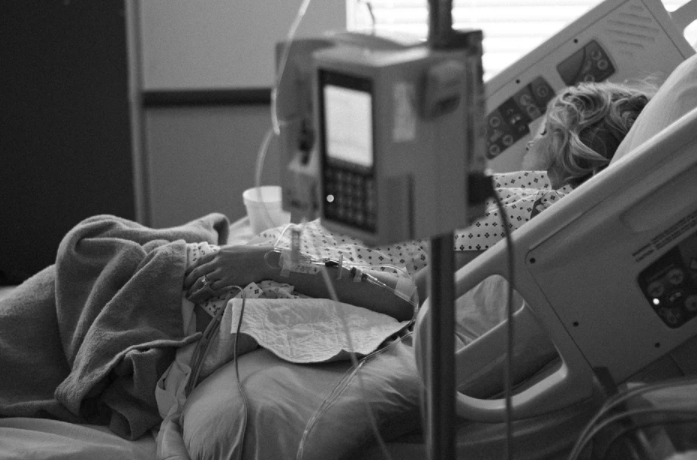The fact is, most of us expect doctors and medical professionals to have our best interests in mind and be able to help us safely. This hope may not be well-founded, but it’s a deeply ingrained part of our culture, and even if we get butterflies in our stomachs before an essential function, our logic still tells us that we’ll probably come out okay on the other side. When it’s not the case, medical errors can damage our minds and make us deeply afraid of any medical care. Often, this is just the beginning of what happens to one’s thoughts. The estimated number of medical malpractice incidents nationwide is over one million per year; approximately 85,000 malpractice claims are filed each year. To deter law enforcement and each of these frightening details and numbers in the developed world, we need to know what medical malpractice is.

Definition of Medical Malpractice
Medical malpractice occurs when a healthcare worker cannot perform the standard of care and skills required by a patient. When these standards are not met, malpractice can occur. It can be broadly defined as an improper treatment by a physician or other medical professional that directly contributes to a person’s physical or monetary harm. Substandard care can be determined as the care that violates regular medical practices.
Most Common Effects of Medical Malpractice Cases
 There are several results in medical malpractice cases. The first is the discomfort and pain that patients must experience. The main and obvious effect of something going wrong in a simpler medical treatment in a major operation is the injured’s pain and suffering. In most serious medical malpractice cases, a patient may end up hurt or incapacitated due to medical negligence. This can result in a lifelong disadvantage, impairing their ability to perform and work on virtually anything else.
There are several results in medical malpractice cases. The first is the discomfort and pain that patients must experience. The main and obvious effect of something going wrong in a simpler medical treatment in a major operation is the injured’s pain and suffering. In most serious medical malpractice cases, a patient may end up hurt or incapacitated due to medical negligence. This can result in a lifelong disadvantage, impairing their ability to perform and work on virtually anything else.
The next problem is the emotional stress the person faces. One of the strangest purposes of a medical malpractice situation is that the patient is in emotional distress because of a doctor or physician’s negligence. Medical malpractice can become a costly affair for the person. Also, it increases the amount of healing in the scratch. Aside from that, it also accelerates medical care costs, especially financial loss due to unemployment. This is the way out.
Two Reasons for Increasing Medical Malpractice Cases
Medical inflation is the most vital reason that causes medical malpractice cases around the globe. The main reason I am concerned is that the cost would be the most significant and predictable part of the damage to high severity cases, as it would cause law enforcement payments in individual cases to grow at a rate closer to the medical care inflation rate than the inflation rate in other countries. The second reason daunts outsources its operations is that the health care economy is growing faster than the market as a whole. One might expect medical liability payments to increase as fast as the size of the health care industry in this market increases and as quickly as medical rates increase. This is exactly what studies have shown over the past several decades.




